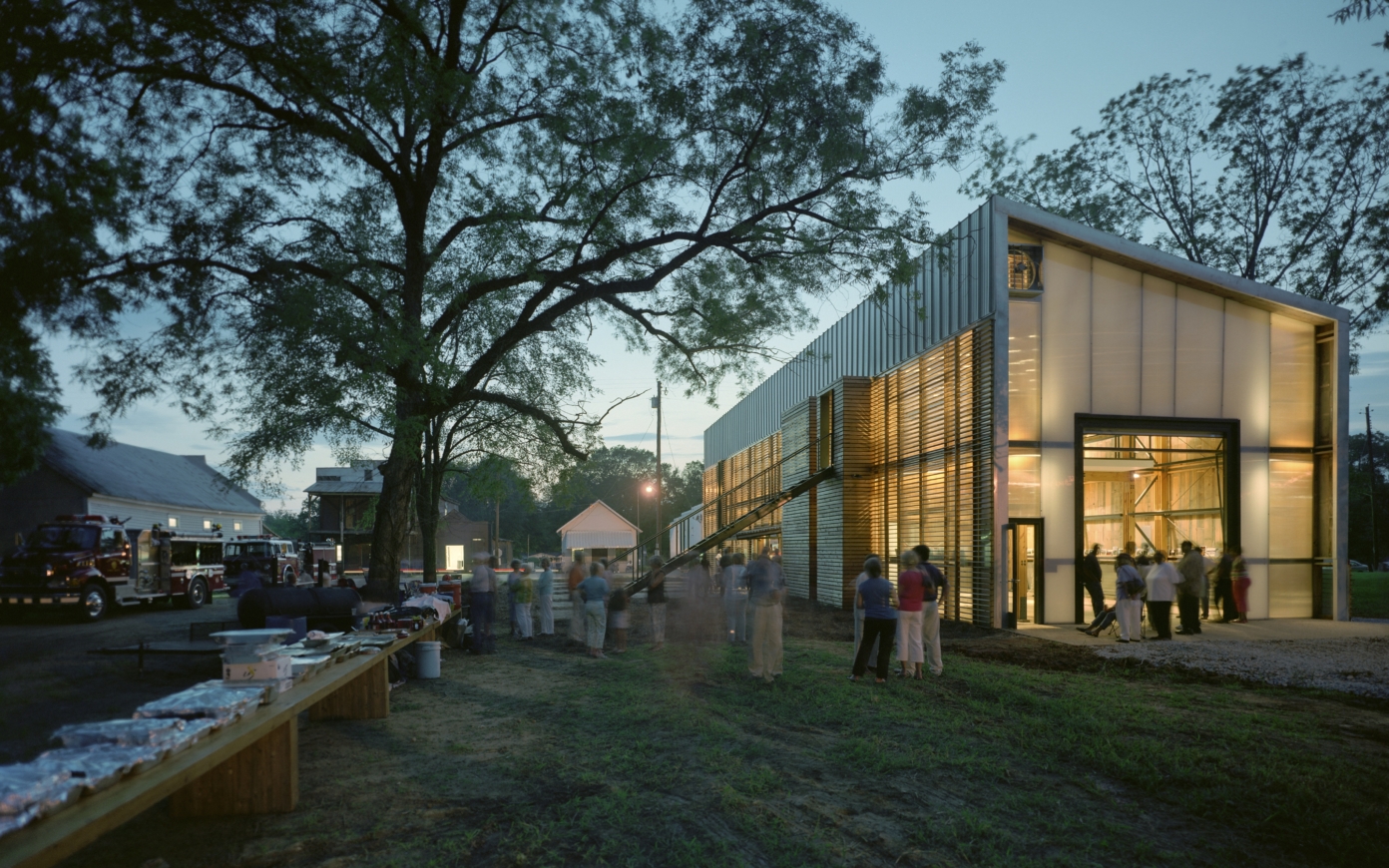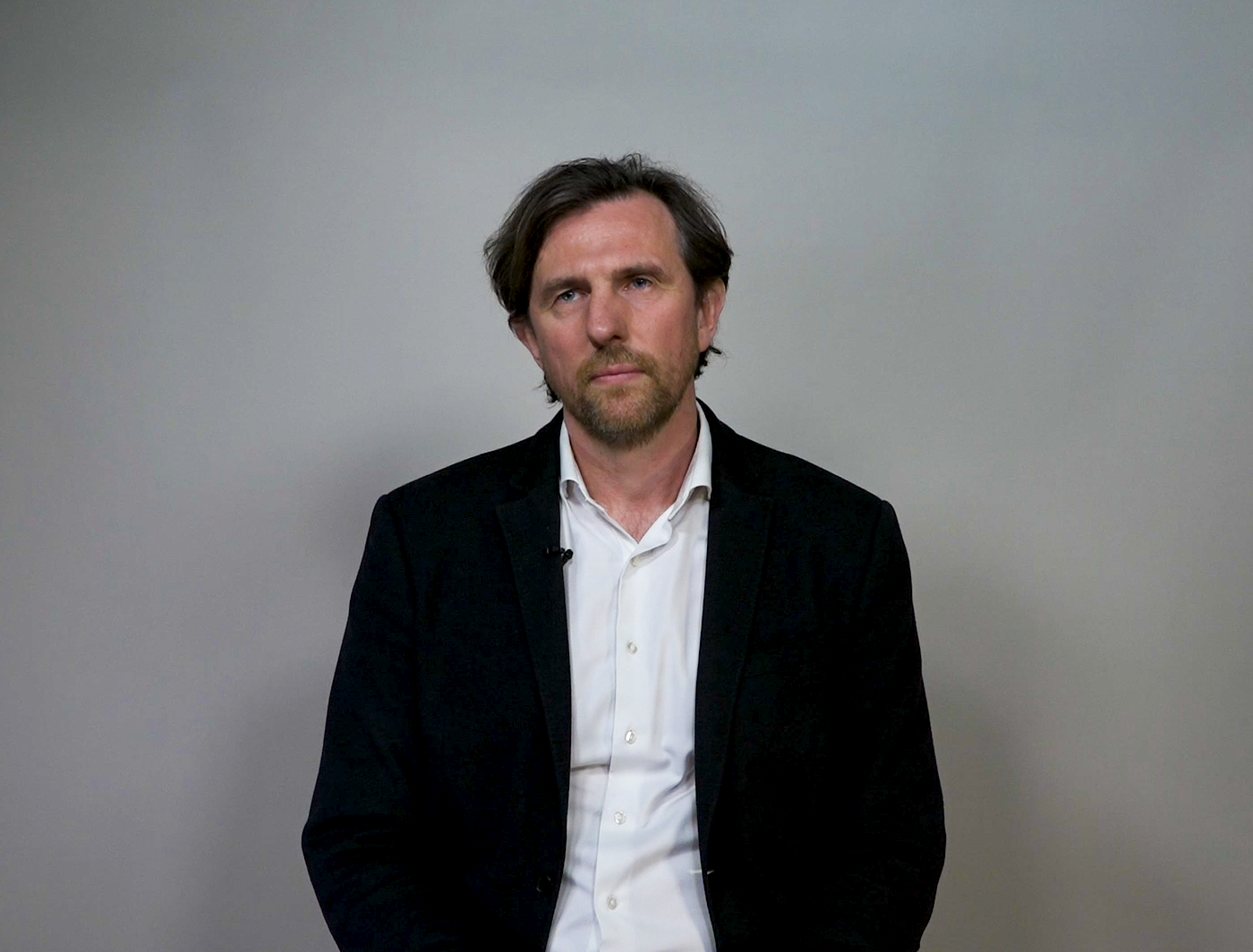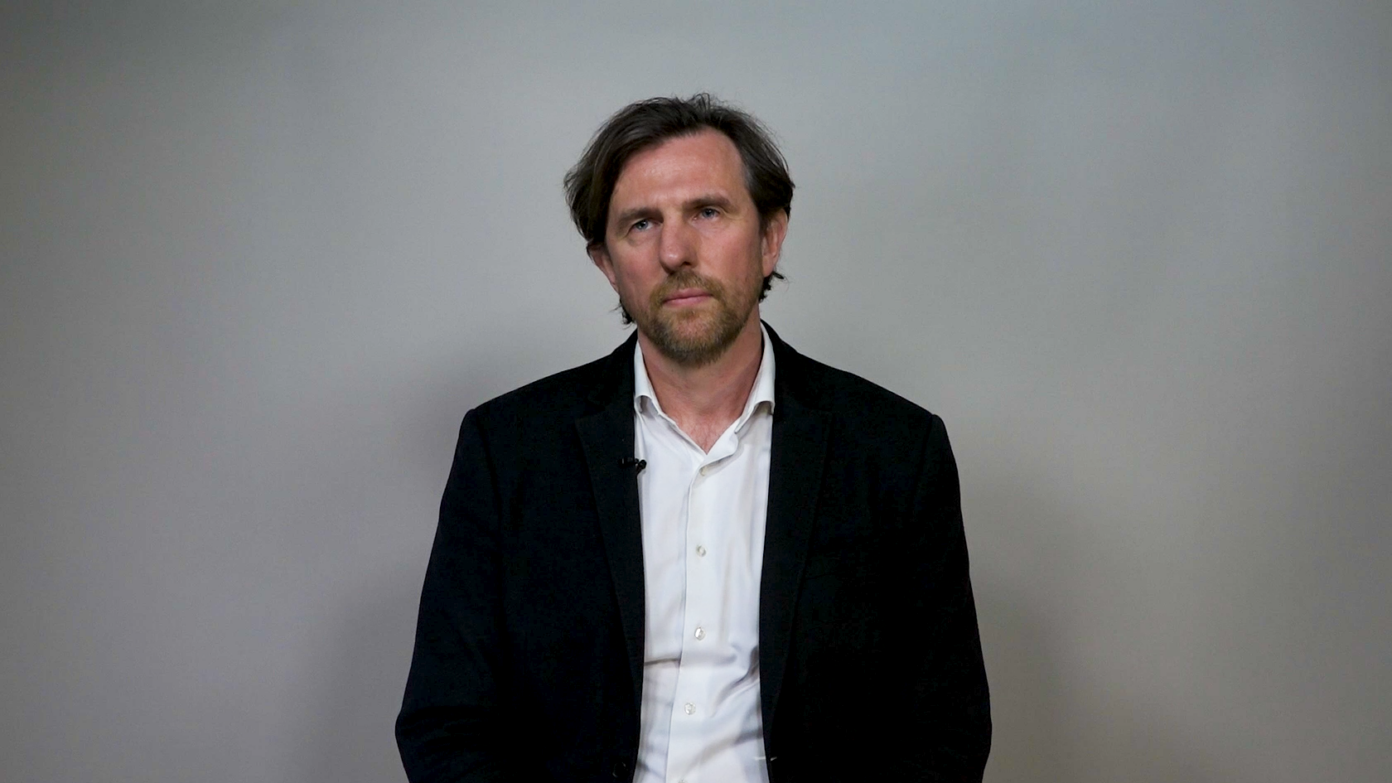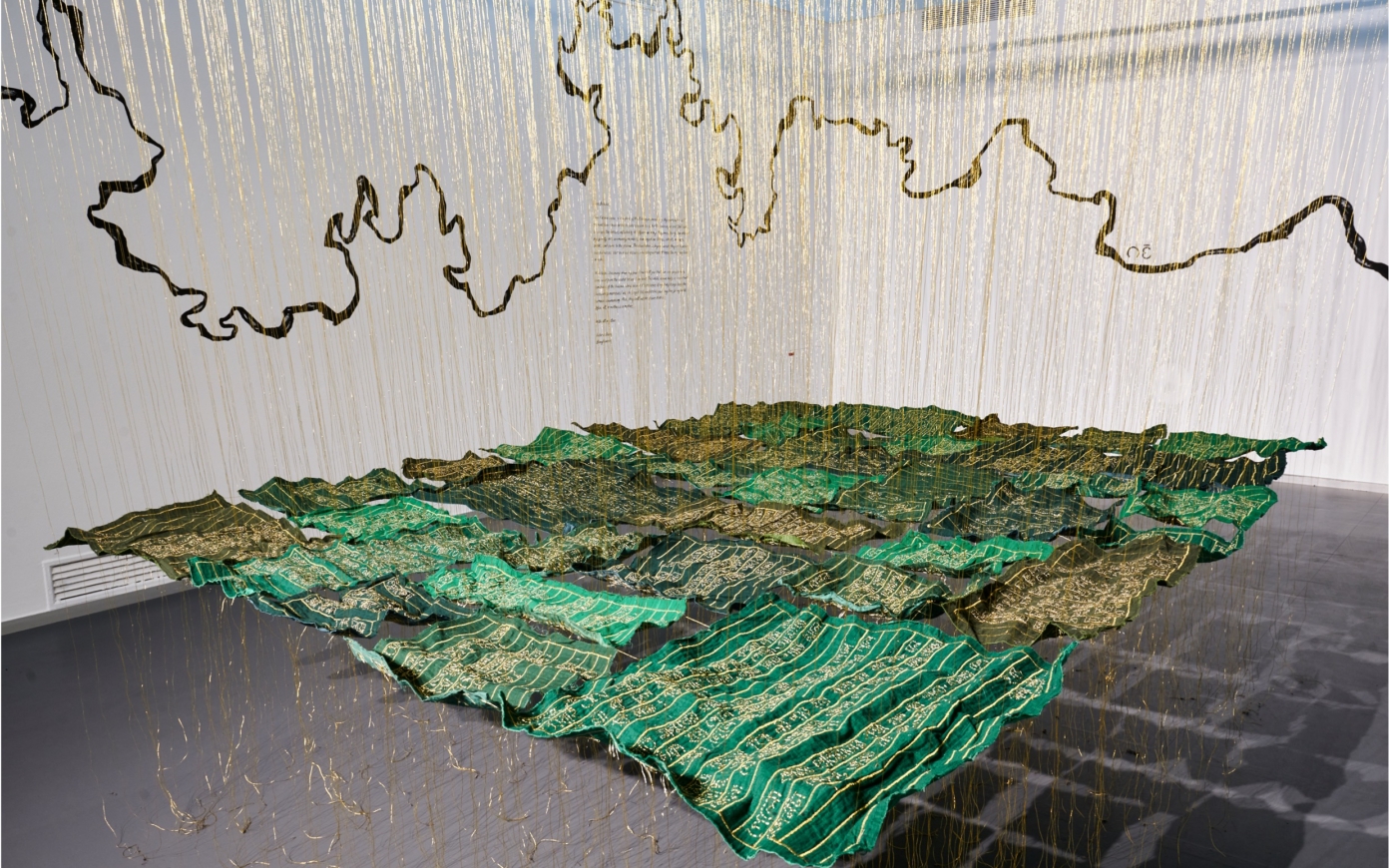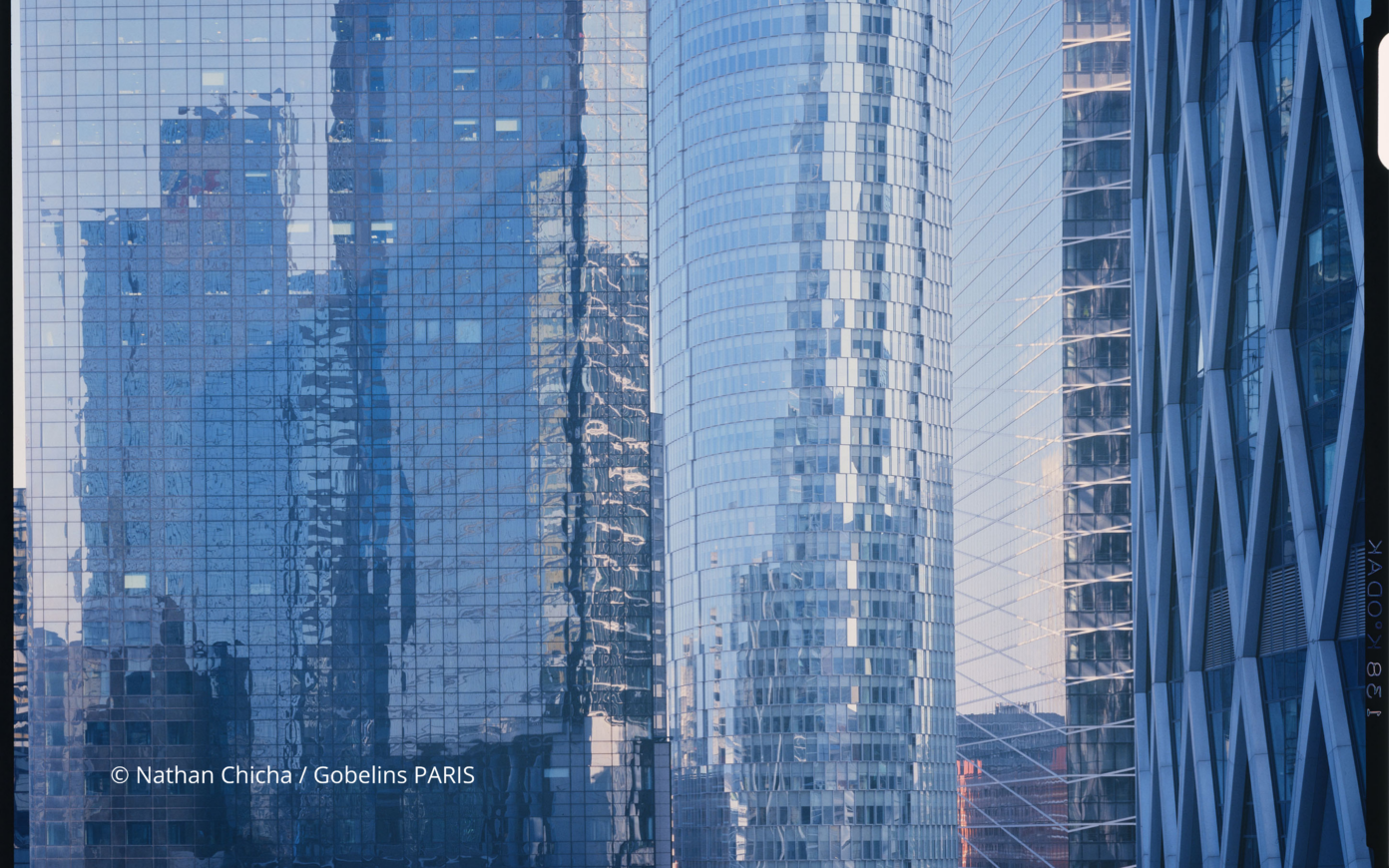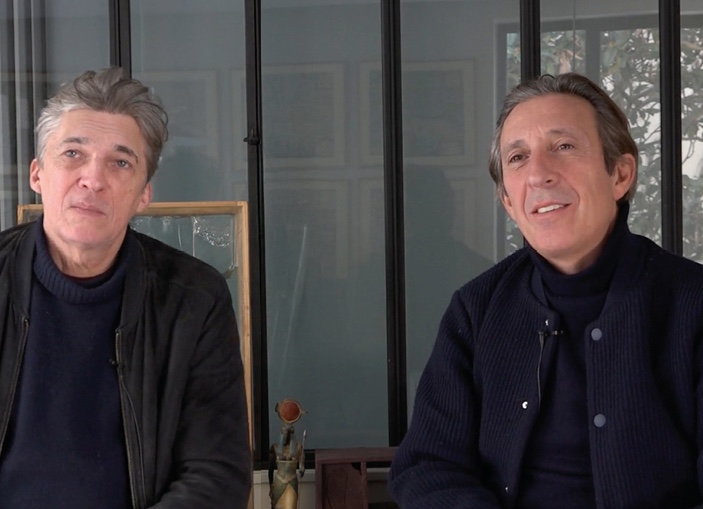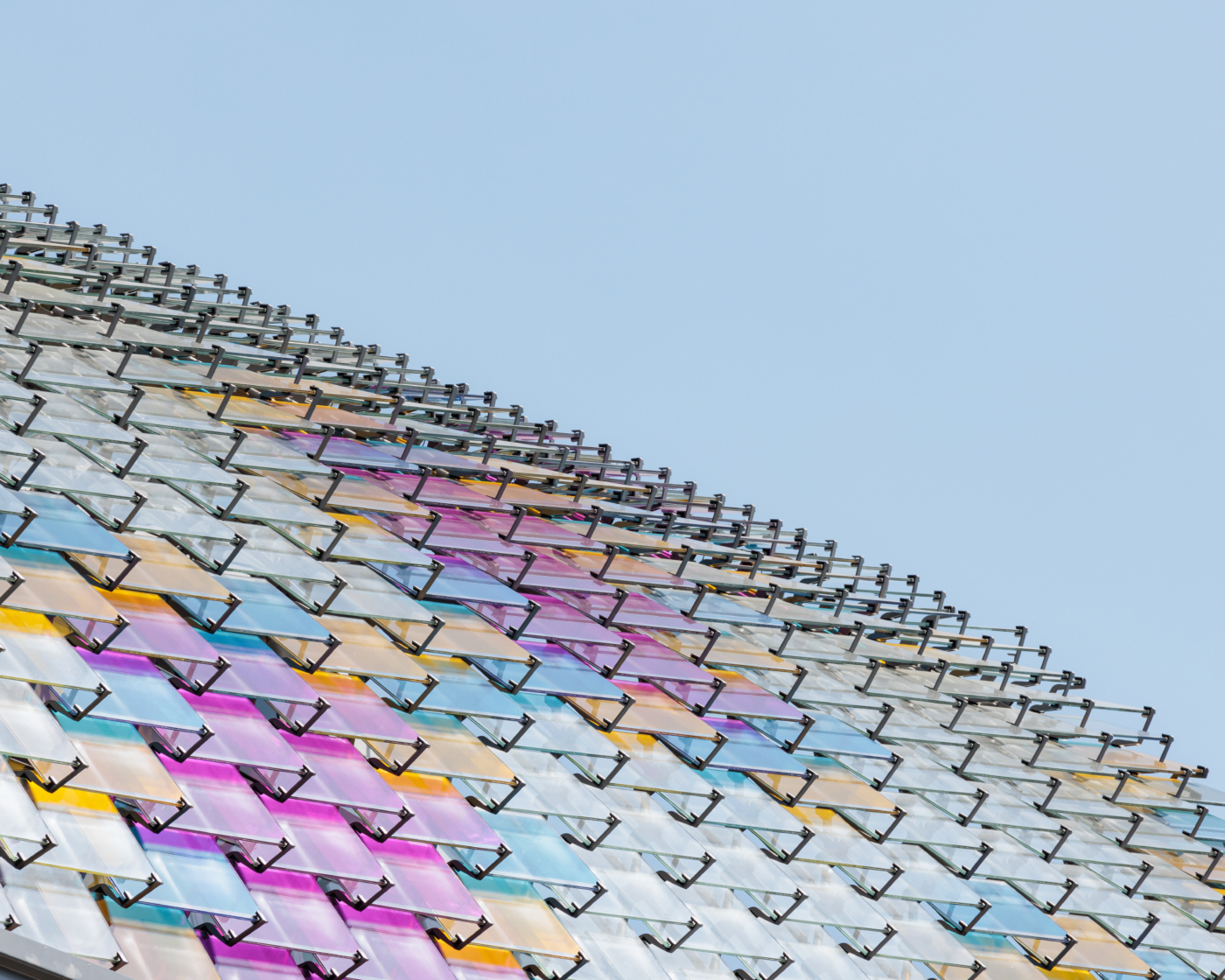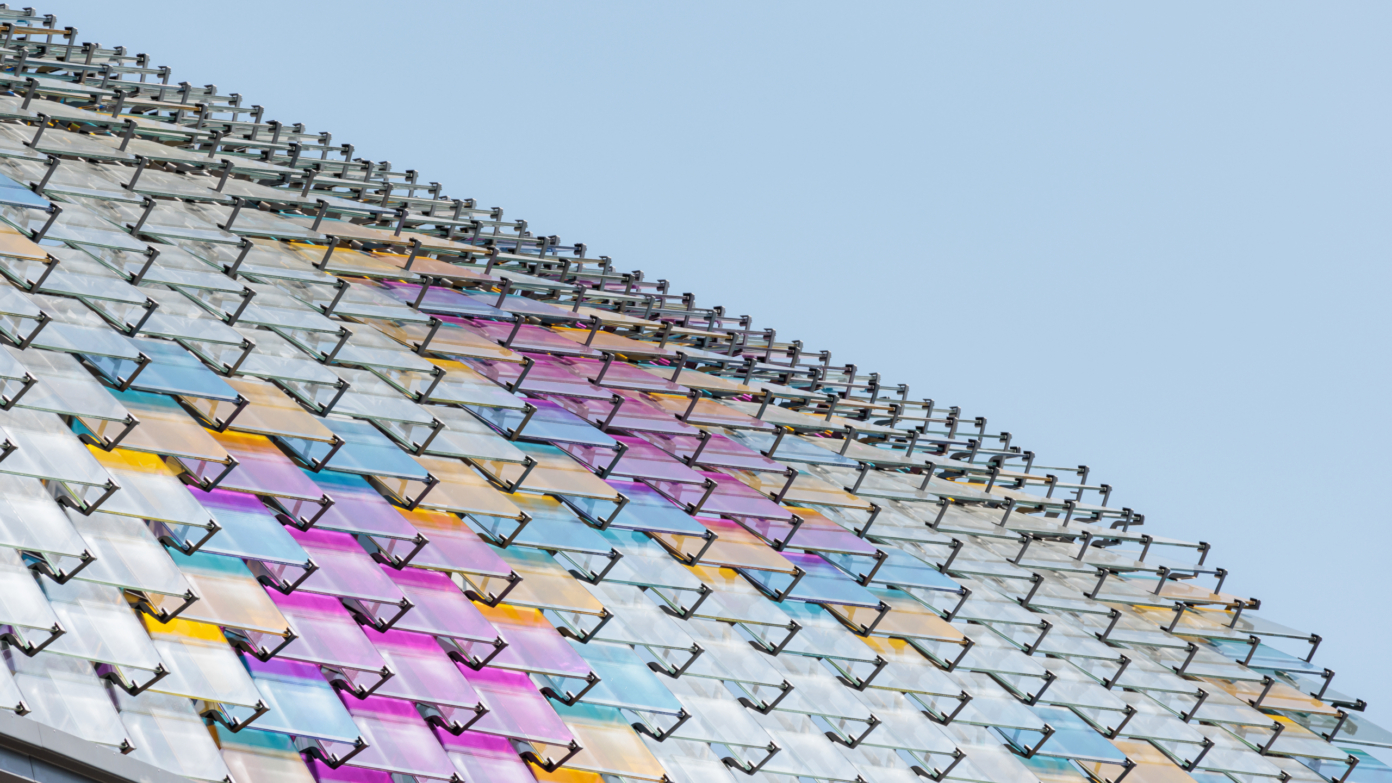Rudy Ricciotti: The Romorantin and the Viognier are true artists.
Stream: Perhaps because they have fewer responsibilities?
Rudy Ricciotti: What a nerve you have when it comes to the whites! Because artists only work with the symbolic while architects work with the functional, the economy, the aesthetic, the political and the symbolic. There are those who touch the ball and others who don’t give a shit! When an artist wishes to move nearer to the economic world, this produces social skits, from which few escape. The Breton Gilles Mahé finds his way out through the relational question, but not the Parisian Sophie Calle. It is French art, suffering reasonably! But in matters of obsessions I prefer those of Daniel Buren. Art is more like a hunt that reacts with a gunshot to the head. Look at Catherine Breillat, there’s a lady that has guts, it’s raw, it’s hard. To try to bring art and architecture closer together can be very awkward on a semiological level. But the encounter between economy and architecture is more explicit when it comes to architecture, notably in the legal field, and it is here that we find true spaces for invention. It is at this junction of architecture and legal areas that we can explore creativity and conquests. The day that I left Archilab in 2000, having to enter legal voids and be a stern lawyer if I wanted to dream of being an architect!
Stream: In Blitzkrieg (a pamphlet published in 2005 by éditions Transbordeurs), you speak of “Architectural Djihad.. This “Djihad” is driven by ideology, what would yours be?
Rudy Ricciotti: In Blitzkrieg I emphasize the term “Djihad” to speak of provincial architecture, of regionalism, a true enemy to be cut down. Like with terrorism, where any negotiation is open to criticism, no negotiation is possible with regionalism, because it is one of the principal forms of generic culture. Regionalism and “Saturn-hollandism” (the hegemony of Dutch architecture through the epigones of Rem Koolhaas raised to the level of international regionalism), are to be considered on the same level as predation. It is a question of perverse phenomena that are of the order of a false post modernity, that is to say with weak critical conviction and speaking more of an expressionist sensitivity than a brutal sensitivity. Foie gras and crème brulée, no! Truffle and sea urchins, yes.
Stream: But aren’t those two different scales? “Saturn-hollandism,” as you call it, spreads and contaminates the globalized world, whereas regionalism targets a region, a given territory, with its shortcuts and its aesthetic clichés?




